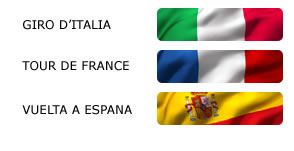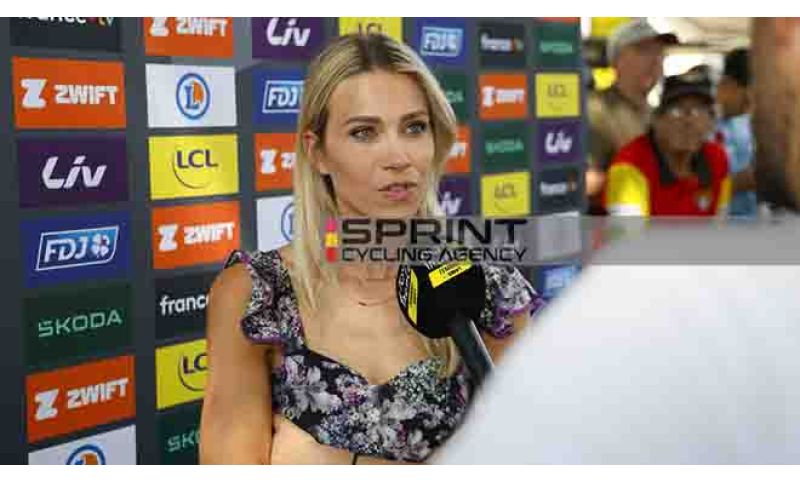

While many Classics have reached prize money parity between men's and women's races, there is still significant difference between the men's and women's Tour de France. We're talking about 500,000 euros for Pogacar, last Sunday's winner, and just 50,000 euros for the upcoming women's Tour winner, but according to Marion Rousse, director of the women's race, this cannot be considered an injustice right now.
In a recent interview, Rousse emphasized how in 2022 women's cycling experienced a true turning point with the grand return of the Tour de France Femmes and that this return should be seen as a starting point for continuous improvement year after year. Marion Rousse, who needs no introduction, is a former professional cyclist and French champion who spent her school years in Belgium and never had the full opportunity to cultivate her passion for this sport. She has come a long way and fought for the women's movement, and today works hard so that new generations can live the dream she couldn't realize - competing at the highest levels.
The Tour de France Femmes avec Zwift will conclude today in Châtel Les Portes du Soleil: the issue of prize money, and especially its difference compared to the men's race, has resurfaced these days, and indeed, the gap is significant. As we mentioned, the overall classification winner will receive 50,000 euros, an amount extremely far from the 500,000 euros for the men's race winner, but Marion Rousse is the first not to be too concerned about this difference, defining it as reasonable at this moment.
"We must realize that women's cycling was virtually non-existent just a few years ago," Marion Rousse explained. "Women's competitions simply were not broadcast on television, and women were not receiving a salary."
The head of the Tour de France Femmes avec Zwift wanted to take a brief historical journey through women's cycling, demonstrating that if today's prize money differs between men and women, we must look successfully at the path women's sport has taken so far.
"We must not forget that previously there was no salary. Women were cycling, but they had to go to work in the afternoon to earn a living, and no one watched our races." Today, many steps forward have been taken, and the media coverage of the women's Tour is truly extensive, with over 190 television broadcasters from around the world. "We have helped bring sponsors and, indirectly, a minimum wage for professional female cyclists. This is a significant step forward in women's cycling. I then thought that the most important thing was being able to live from one's passion rather than counting on bonuses that contribute nothing to our salary."
Marion Rousse wanted to bring attention back to the ongoing debate about the difference between men's and women's prize money, which in her opinion is being approached incorrectly. In fact, according to the women's race director, it is a mistake to only examine the final prize money, because many factors influence those amounts.
"We must compare the men's Tour de France, which lasts three weeks, with the women's Tour de France, which has only nine racing days. Obviously, we must make a similar comparison between races, and in this case, it is not. The Critérium du Dauphiné is a one-week men's race, closer to the Women's Tour. If you compare prize money, the Women's Tour is actually higher than the prize money for the men's race with a similar number of racing days."
Many hope to see the women's Tour prize money increase rapidly, but Marion Rousse explained that priorities must be different right now. "We must not grow too quickly and, above all, we must ensure the longevity of the race because if the event were to end next year, it would be a catastrophe for the evolving women's cycling. There will be a gradual increase in prizes, but first we have other priorities like consolidating this race."
